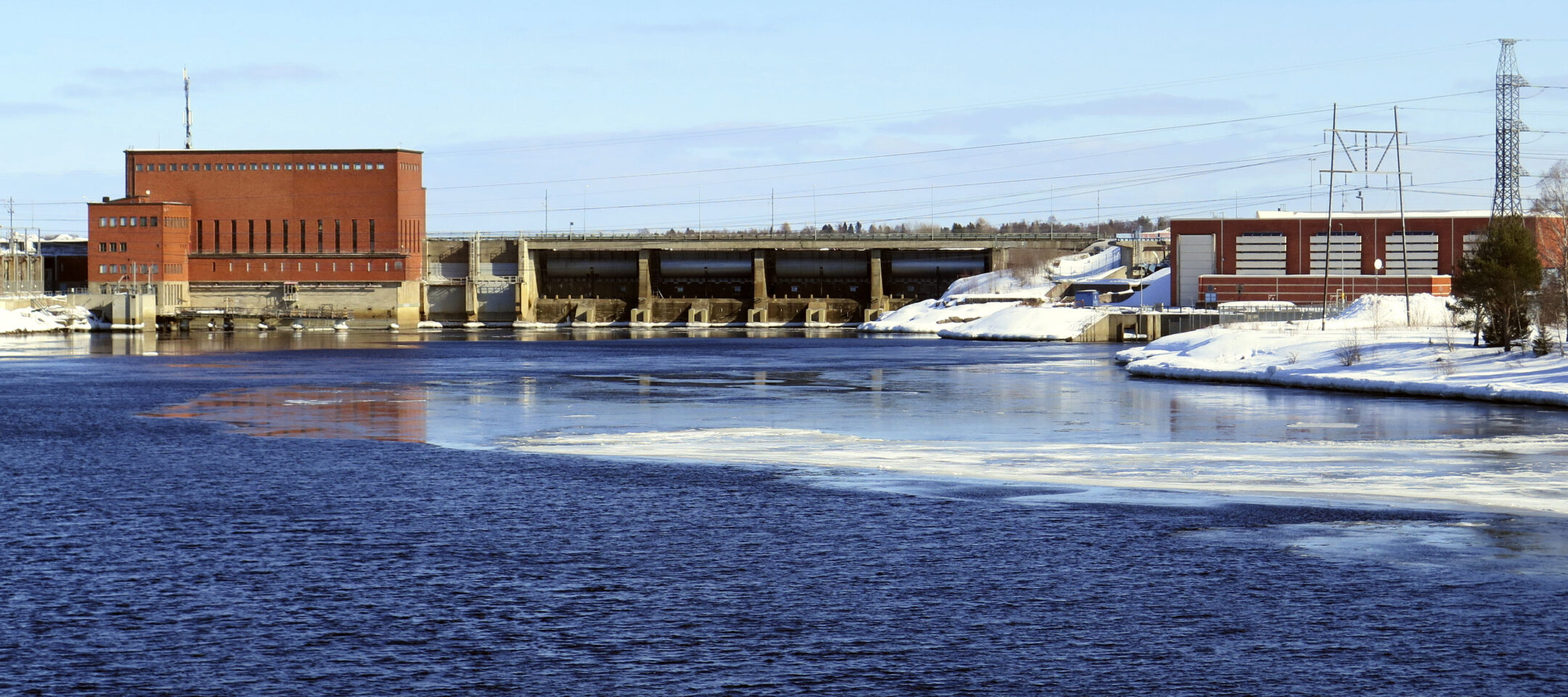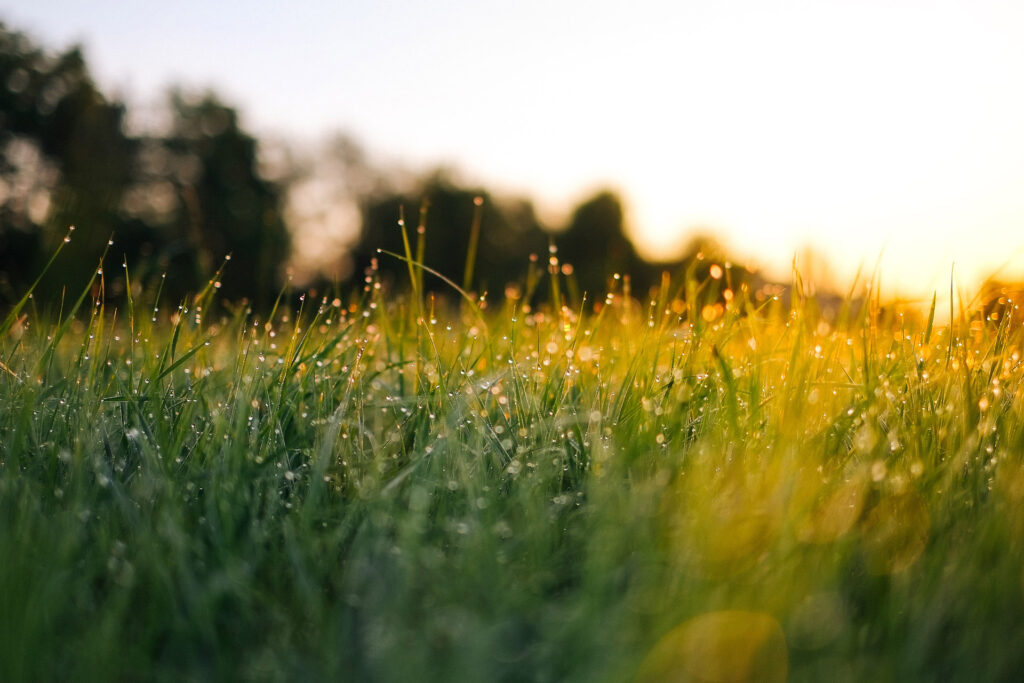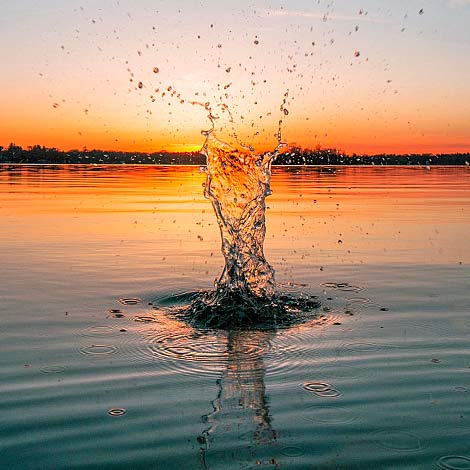
Hydropower as a method of electricity production
Hydropower is one of Finland’s most significant renewable energy sources, alongside wind power. It is clean and renewable energy, with no emissions released into the atmosphere during production.
Hydropower in Finland
Hydropower has been produced in Finland since the 19th century and remains one of the most important domestic energy production methods. It accounts for up to a quarter of Finland’s electricity production annually.
There are over two hundred hydropower plants in Finland, with the largest located in the major rivers of Northern and Southeastern Finland.
Hydropower is essential in the future emission-free energy mix, as it can be stored efficiently and used as needed later.
Hydropower production
- The principle of hydropower generation is simple: the kinetic energy of flowing water is converted into electrical energy.
- As water flows through a hydropower plant from the upper reservoir to the lower reservoir, it spins a turbine.
- The turbine then drives a generator that produces electricity.
- The generated electricity is converted in a transformer to match the electrical grid.
- The electricity is fed into the grid for consumers to use.
Hydropower enables energy storage
Renewable energy production is weather-dependent. Precipitation affects hydropower reserves, sunlight impacts solar power production, and wind influences wind power generation.
Hydropower differs from other renewable energy sources in that it can be stored efficiently. A hydropower plant does not have to be started immediately when it rains; water can be stored in reservoirs.
In contrast, solar and wind power require immediate production and cannot be stored effectively.
A crucial part of the emission-free energy mix
Because hydropower production can be adjusted based on demand and, for example, the availability of solar and wind power, it is considered a balancing power source. Even when the sun isn’t shining, and wind power isn’t available, electricity can still be generated through hydropower.
Vaasan Sähkö and hydropower
We generate energy from various sources, including hydropower, wind power, and nuclear power. Hydropower accounts for about 12% of the electricity we produce annually, making it our third-largest production source.
Through EPV Energia, we own hydropower plants in both Finland and Sweden. We also directly own a small hydropower plant in Tervajoki, Vaasa.
Environmental impact of hydropower
Hydropower plants impact local ecosystems – not only fish but also, for example, shoreline vegetation and birds.
The variation in water levels and flow rates caused by water regulation alters ecosystems. Hydropower plants can block migratory fish from reaching their spawning grounds. This can be addressed by installing fish passes.
Hydropower does not release pollutants or waste into the water or accelerate climate change. To transition away from fossil-based energy production, hydropower is necessary.
Main image: EPV Energia
Advantages of hydropower
- Clean and renewable energy source.
- Can act as balancing power in future energy systems, provided investments are made in water storage. Balancing power is needed when weather-dependent renewable energy sources are not generating electricity.
- Hydropower plants have a very long operational lifespan.
- No fuel costs, making production cost-effective.
- Significant investments have already been made.
- Hydropower does not negatively impact water quality.
- Norway has abundant and affordable hydropower, which can be purchased as needed in Finland.


Disadvantages of hydropower
- Local impact on natural ecosystems.
- May hinder the reproduction of certain fish species.
- Limited potential to increase production capacity.